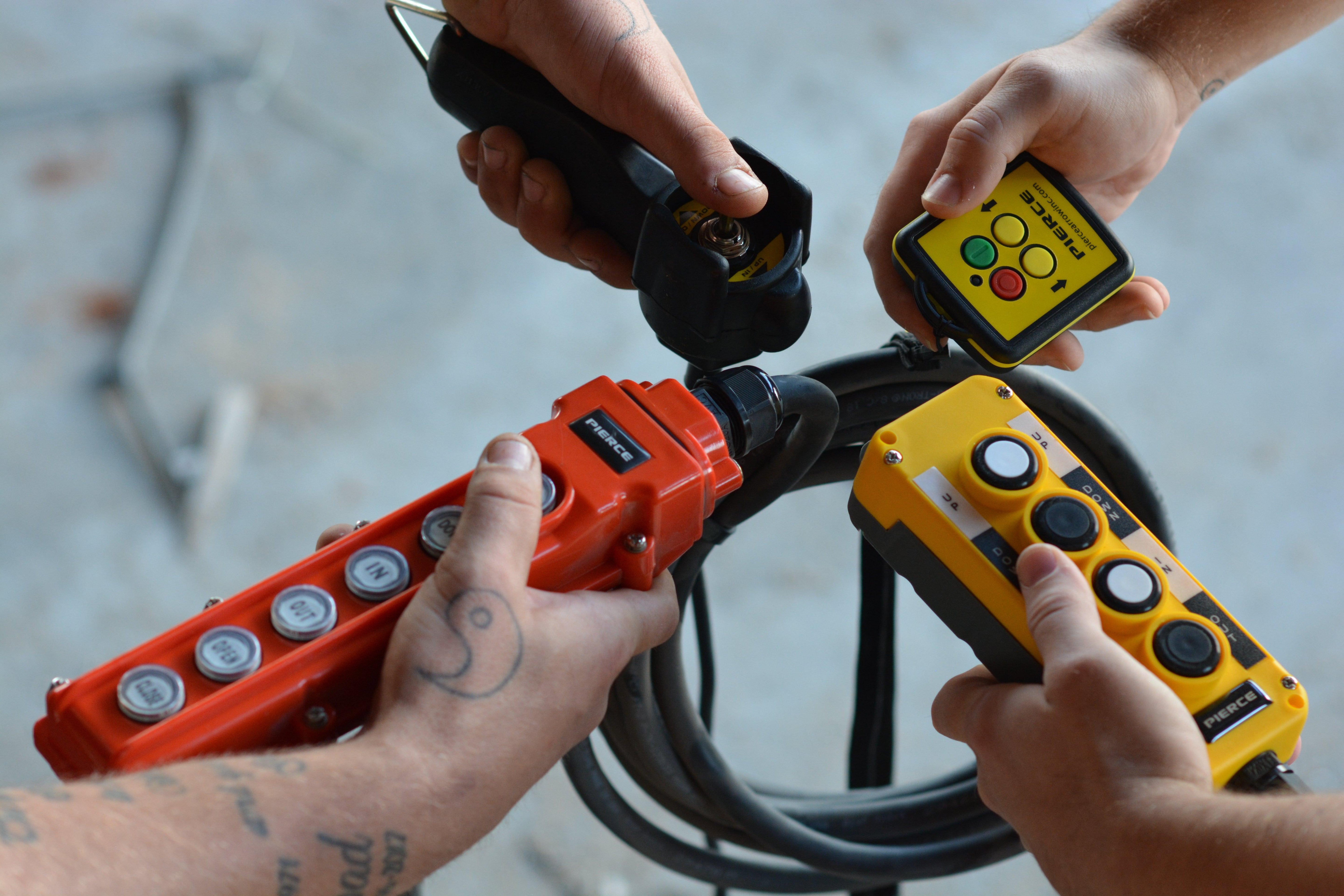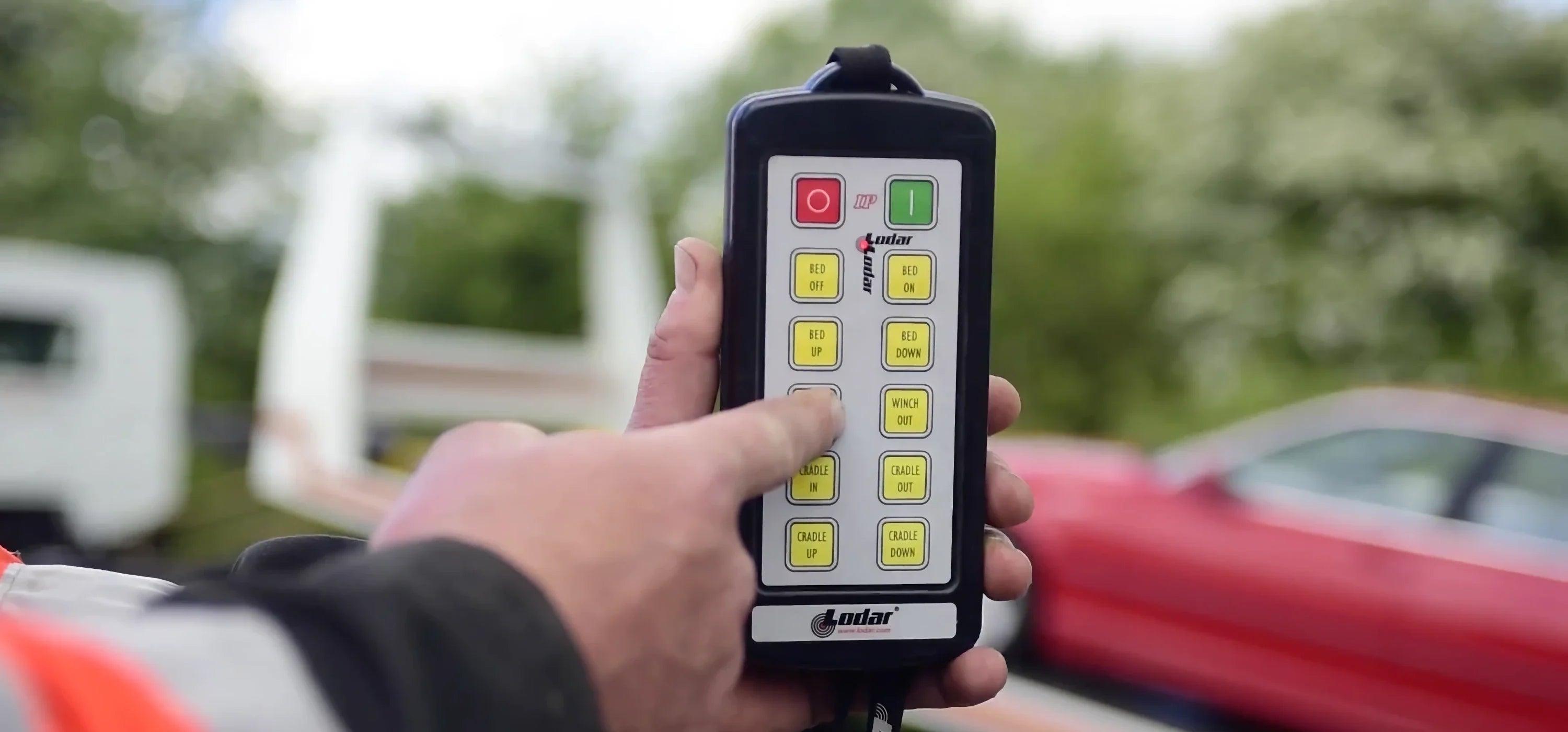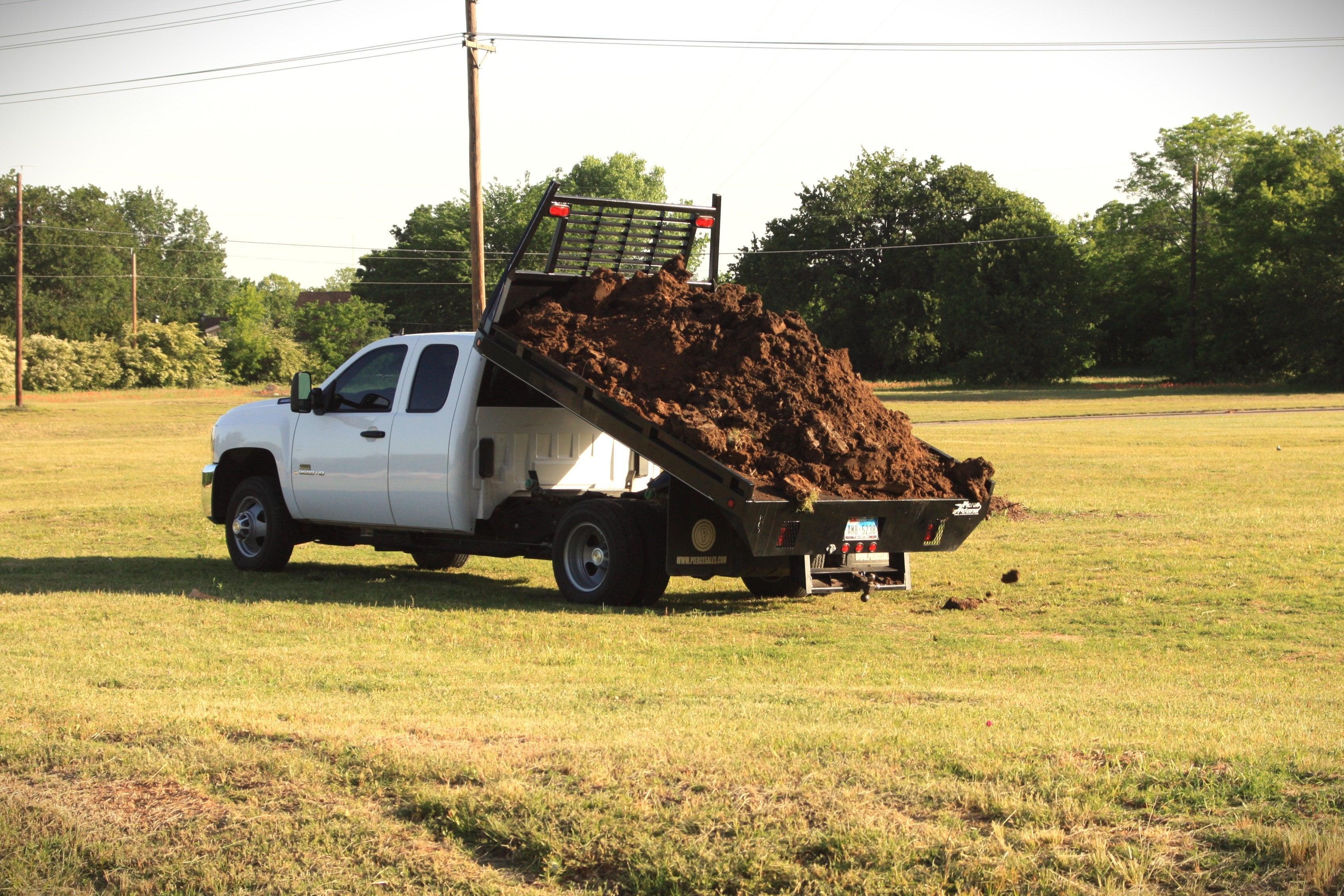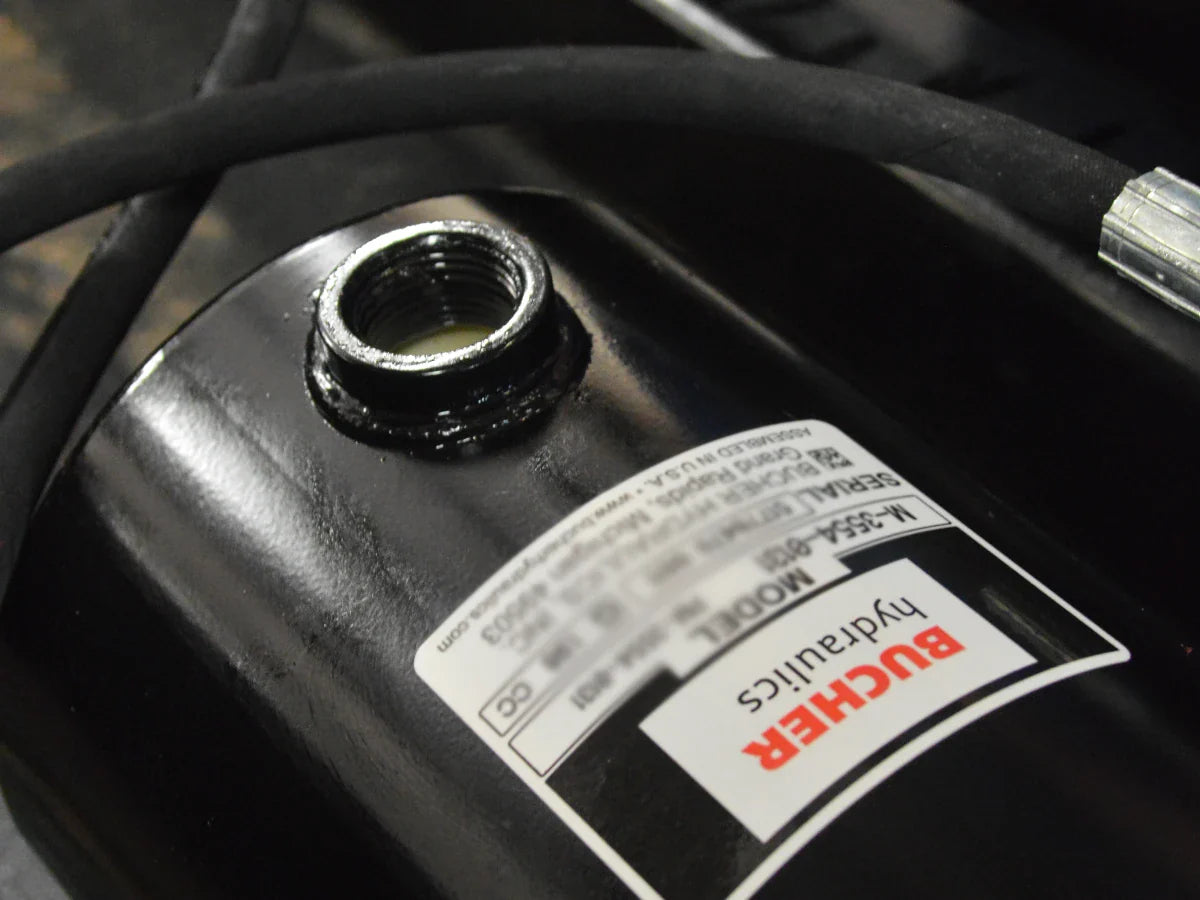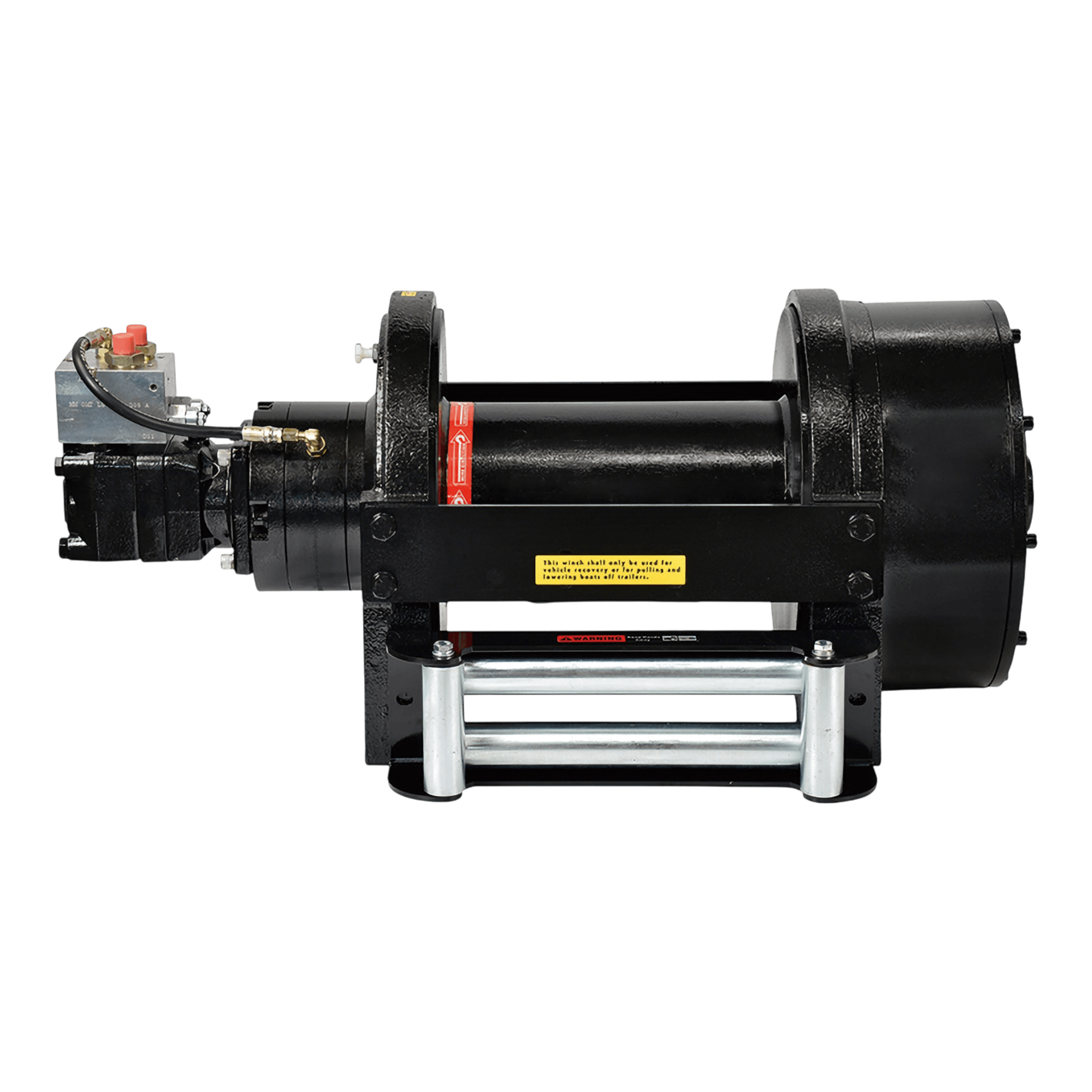
50,000 lb Hydraulic Recovery Winch | Long Drum | Air Clutch
PSHDH50000

50,000 lb Hydraulic Recovery Winch | Long Drum | Air Clutch
Description
Unleash the full power of our 50,000 lb Hydraulic Recovery Winch with a long drum and air clutch. Reach new levels of strength and speed with our largest winch, featuring a 19 fpm line speed and 26.5 gpm oil flow. With a durable construction and multidisc brake, this winch is a reliable choice for any heavy-duty recovery operation.
Included
1 x
[PSHDH50000] - 50,000 lb Hydraulic Recovery Winch | Long Drum | Air Clutch↗
1 x
Roller Fairlead PSHDH Series
1 x
Cable Tensioner
1 x
Instructions
Data Tables
PSHDH50000 Line Pull and Rope Layer
Data is calculated based on a consistently supplied 26.5 gpm flow with ⅞" winch cable. Environmental and other conditions may affect results. Always use the proper safety gear and follow all safety precautions when winching.
| Layer of Wire Rope | Pull by Layer (lbs.) | Total Rope on the Drum (ft.) | Line Speed (@ 26.5 gpm) fpm |
|---|---|---|---|
| 1st | 50,000 | 33 | 19 |
| 2nd | 40,940 | 72 | 23 |
| 3rd | 34,660 | 118 | 27 |
| 4th | 30,050 | 157 | 31 |
Specifications
| Specification | Details |
|---|---|
| BRAKE TYPE | Multidisc Brake |
| CLUTCH TYPE | Output Shaft Disengaged - Air Spool |
| CONSTRUCTION | Aluminum Die Cast Housings with Steel Drum |
| DRUM ROTATION | Counter-Clockwise (Underwound) |
| GEAR RATIO | 44:1 |
| GEAR TYPE | 2-Stage Planetary Gear |
| HYDRAULIC MOTOR | 15.4 in³ / rev |
| MAX CAPACITY (LBS.) | 50000 |
| MAX LINE SPEED | 19 fpm @ 26.5 gpm |
| MAX OIL FLOW (GPM) | 26.5 |
| OPERATIONAL PRESSURE (PSI) | 2900 |
| POWER SOURCE | Hydraulic |
| RECOMMENDED WIRE ROPE | ⅞" x 157' Wire Rope (1,770 N/mm2 (EIPS) breaking strength of 305 kN (68,442 lbf) required for SAE J706 rating) |
FAQs
What precautions should I take when pulling heavy loads?
Place a heavy blanket, jacket, or winch dampener over the wire rope during heavy pulls. If the rope snaps, the cloth can help absorb energy and reduce dangerous backlash. Ensure the item is thick, secure, and placed midway along the taut rope. This simple step protects you and others nearby during tasks like vehicle recovery or heavy towing.
How can I provide a safe anchor point while winching?
Use a D-ring or bow shackle rated for your winch’s pulling capacity with a tree trunk protector or similar anchor strap. Select a sturdy anchor like a healthy tree or vehicle tow point. Wrap the protector around the anchor, attach the shackle, and connect the winch cable. Ensure all gear is rated for the load and check connections before winching. This prevents equipment failure or injury during tasks like vehicle recovery.
How can I double my winch pulling capacity?
You can double your winch’s pulling capacity by using a snatch block, which is a pulley system that redirects the winch cable. Here’s how it works: Attach the snatch block to the load or a secure anchor point, then run the winch cable through the pulley and back to a fixed point, like the tow hook on your vehicle. This setup effectively halves the load on the winch by distributing it across two cable lines, allowing it to pull twice as much weight.
How much pulling power do I need from my winch?
Choose a winch with a pulling capacity at least 1.5 times your vehicle’s gross weight to handle obstacles like mud, snow, sand, water, or steep hills. For example, a 6,000-pound vehicle needs a winch rated for at least 9,000 pounds. This ensures enough power for safe recovery in tough conditions without overloading the winch.
How do I secure a load with my winch?
Use ratchet straps or tie-downs to secure a load safely. Winches are not suitable for tying down loads, as constant movement or vibration can damage their gears. Choose high-quality ratchet straps rated for the load’s weight and attach them to secure anchor points on your vehicle or trailer. Check straps for wear and ensure they’re tight to prevent shifting during transport.
What maintenance is required on my winch?
Regular maintenance extends your winch’s life. Lubricate all grease points, tighten bolts, and inspect electrical connections, especially at the battery, for corrosion or loose fittings. Check the wire rope for wear, flat spots, or broken strands; replace if damaged. Refer to your winch manual for specific checks. Routine care prevents breakdowns and ensures safe operation during tasks like vehicle recovery.
How do I re-spool the wire rope onto my winch?
Always wear leather gloves when re-spooling wire rope to protect your hands. Never use bare hands, as the rope can cause cuts or burns. Keep a slight load on the rope to spool it evenly. Guide the rope with one gloved hand while using the remote control in the other to operate the winch. This ensures safe, tight spooling for effective winching.
What should I do about my vehicles wheels while winching?
Place wheel chocks or sturdy blocks under your vehicle’s wheels before winching. This prevents the vehicle from rolling forward or backward, keeping it stable and safe during the pull. Use solid materials like wood, rubber chocks, or stones, and position them snugly against the tires. This is especially important on slopes or loose terrain during tasks like vehicle recovery.
